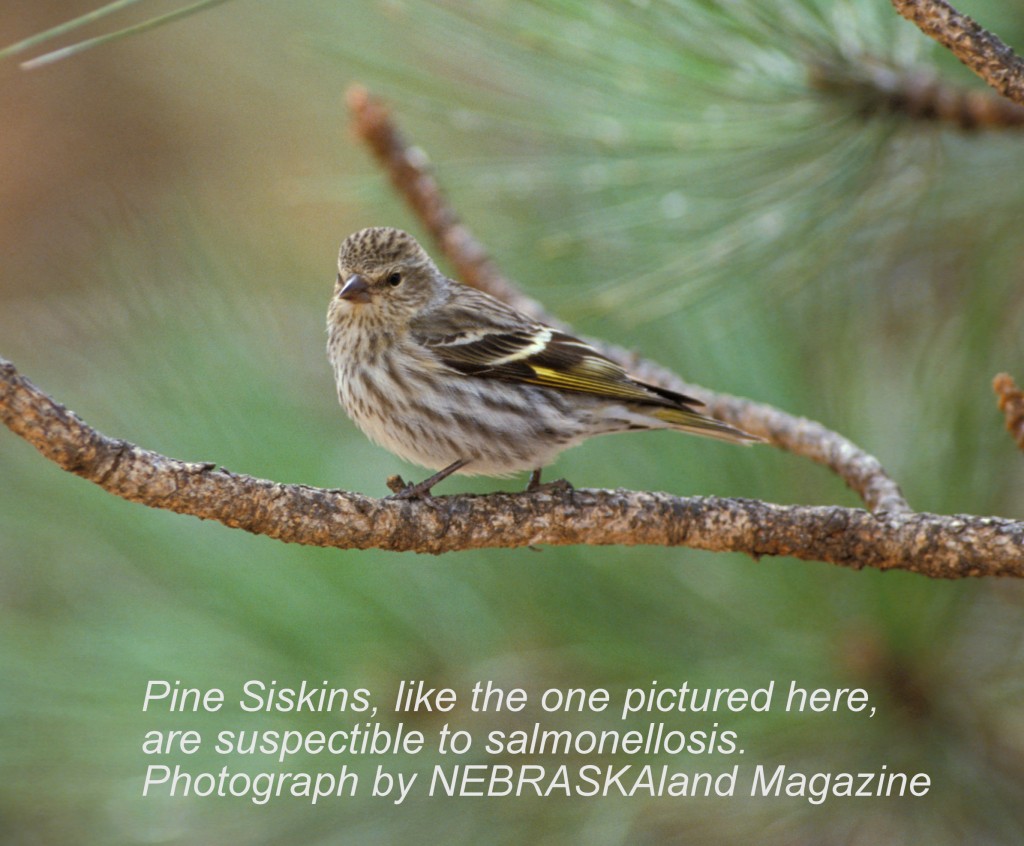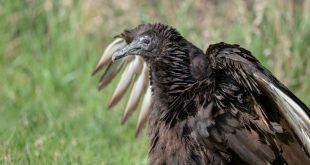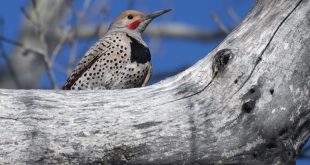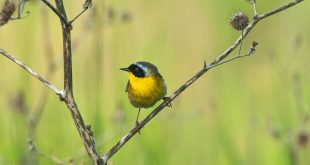I received a report Monday morning of a few sick and dead Pine Siskins observed at up to three sites in eastern Nebraska. Pine Siskins are small finches similar to American Goldfinches. Siskins occur in flocks and will frequent bird feeders and this has been a particularly good winter for siskins in some parts of Nebraska. Salmonellosis is a bacterial disease that is in the salmonella family and birds commonly contract the disease at bird feeders. Pine Siskins tend to be particular vulnerable to the disease. I made a quick call to the National Wildlife Health Center in Madison, Wisconsin, to check if they have received many report this winter from the Midwest and “as a matter of fact” they have. If you have observed sick or dead Pine Siskins or other birds at your feeder or backyard the best thing to do is take your feeders down for a while. Yes, it may be tough to do but it is unquestionably the best option. The next steps, and these are courtesy of the Seattle Audubon Society, are to do the following:
- Clean your feeders with warm, soapy water. Disinfect with a 10 percent bleach solution to kill the bacteria. Rinse the feeder and allow it to dry completely before using it again. Disinfect your birdbaths as well.
- Clean your bird feeding area by washing all structures holding your feeders and raking the ground surrounding the feeders.
- Do not reinstall your feeders for a few weeks. As siskins begin to migrate and cease traveling in flocks, it will be okay to put feeders back up.
Whether you have seen signs of salmonellosis or not, it is always a good idea to keep your feeders clean and tidy. Furthermore, if you are cleaning feeders or birdbaths always be wise about your own health, make sure you wash your hands thoroughly after you are done. One final note, the National Wildlife Health Center is not requesting carcasses, so any dead birds should be disposed of by placing them in the trash or burying them. Again, be smart, double-bag the bird so you do not come into contact with it and wash your hands thoroughly afterwards.
More information can be found here: http://www.nwhc.usgs.gov/disease_information/other_diseases/salmonellosis.jsp
 Nebraskaland Magazine
Nebraskaland Magazine




